Barrel Spotlight: One Mash Bill, Two Unique Paths
Welcome back to the Brindiamo Barrel Spotlight, our weekly email series highlighting the barrels, distilleries, and market dynamics shaping today’s...
3 min read
Admin : Mar 31, 2022 12:00:00 AM
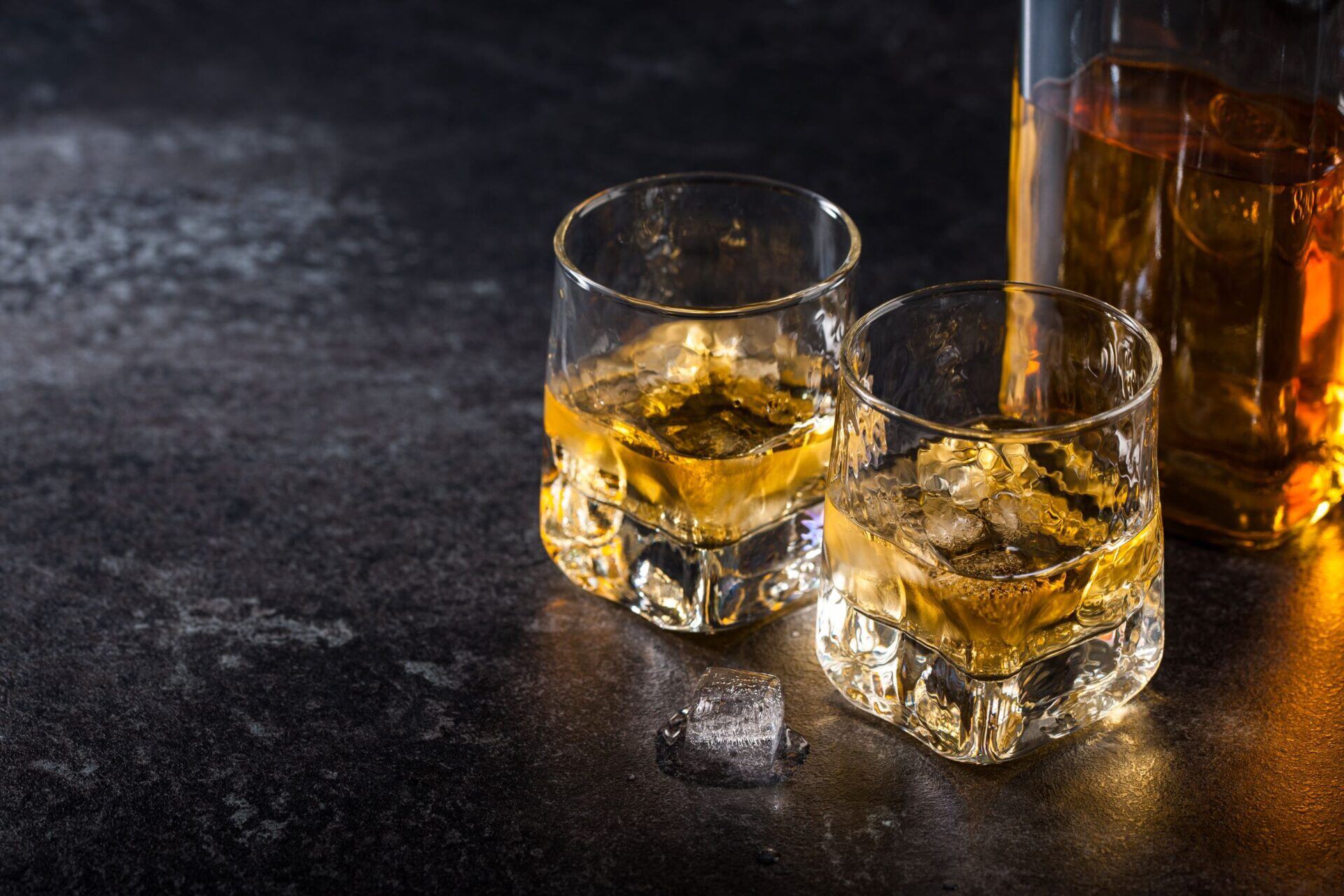
When it comes to exploring types of distilled liquor, you’re going to experience a palette of flavors. Bourbon and whiskey offer a wide range of flavors and complexities, with variations in their compositions and aging processes. From aging in barrels for a few years to decades, the possibilities are endless.
Both whiskey and bourbon are produced globally, providing a diverse range of options for all to savor. The extensive variety of choices enables each individual to discover a brand or style that aligns with their preferences. Continue reading to delve deeper into the differences between bourbon and whiskey and the essential elements of each.
Here’s what you need to know:
Although all bourbon falls under the category of whiskey, not all whiskey can be classified as bourbon. With that being said, standard bourbon undergoes the same aging process as whiskey. To achieve the classic bourbon flavor that you know and love, the base spirit must adhere to the following stipulations:
Visit Brindiamo Group to learn more about alcohol investments today!
Typically, bourbons can be categorized into three main mash bills. While not all bourbon fits neatly into these categories, the primary mash bills for standard bourbon include:
As previously mentioned, not all whiskey falls under the category of bourbon. Therefore, when exploring whiskey, you'll discover a variety of aging processes that lead to a wide array of delicious whiskies.
Here are the standard types of whiskey that you may find:
While some whiskies are consumed to get drunk, scotch is not one of them. With a deep potency, rich history, and tradition, scotch is a timeless, classic type of whiskey. As with wines, each region of Scotland has its own distinctive flavors and varieties when producing scotch whiskies. To be called “scotch,” a base liquid must be aged from malted barley for no less than three years.While some whiskies are enjoyed for their flavors and complexity, scotch stands out as a timeless and classic type of whiskey. With a deep potency, rich history, and tradition, each region of Scotland has its own distinctive flavors and varieties when producing scotch whiskies. To be called “scotch,” a base liquid must be aged from malted barley for no less than three years.
With a history as rich as Scotch, Irish whiskey offers light, fruity flavors that are much less peaty than its Scottish counterpart. Unlike traditional bourbon whiskey, Irish whiskey is not aged in a barrel. In contrast to Scotch, Irish whiskey is triple distilled in copper pots rather than being double distilled in oak barrels.
Some American whiskey varieties are aged in new, charred oak barrels and have an alcohol by volume content of less than 80 percent, making them quite distinct from European styles. The six categories of American whiskey include bourbon, Tennessee, rye, wheat, and single malt. While Scotch and Irish whiskey have their differences, American whiskey tends to be on the sweeter side, with less smokiness and peatiness.
Japanese whiskies share similarities with Scottish lowland and Speyside whiskies. They are crafted through aging and distillation processes that result in smooth, delicate, and often honey-perfumed flavors, adding an overall sweetness to the final product. Nowadays, mizunara oak-aged Japanese whiskey is gaining popularity beyond its original region.
Deciding on the best liquor investment for you or your business can be challenging, especially if you're new to the alcoholic beverage industry. If you're unsure about investing in the alcohol industry, you might benefit from some additional guidance to determine the right choice for your needs. Brindiamo Group helps facilitate productive introductions between those starting a drink company and those looking to invest.
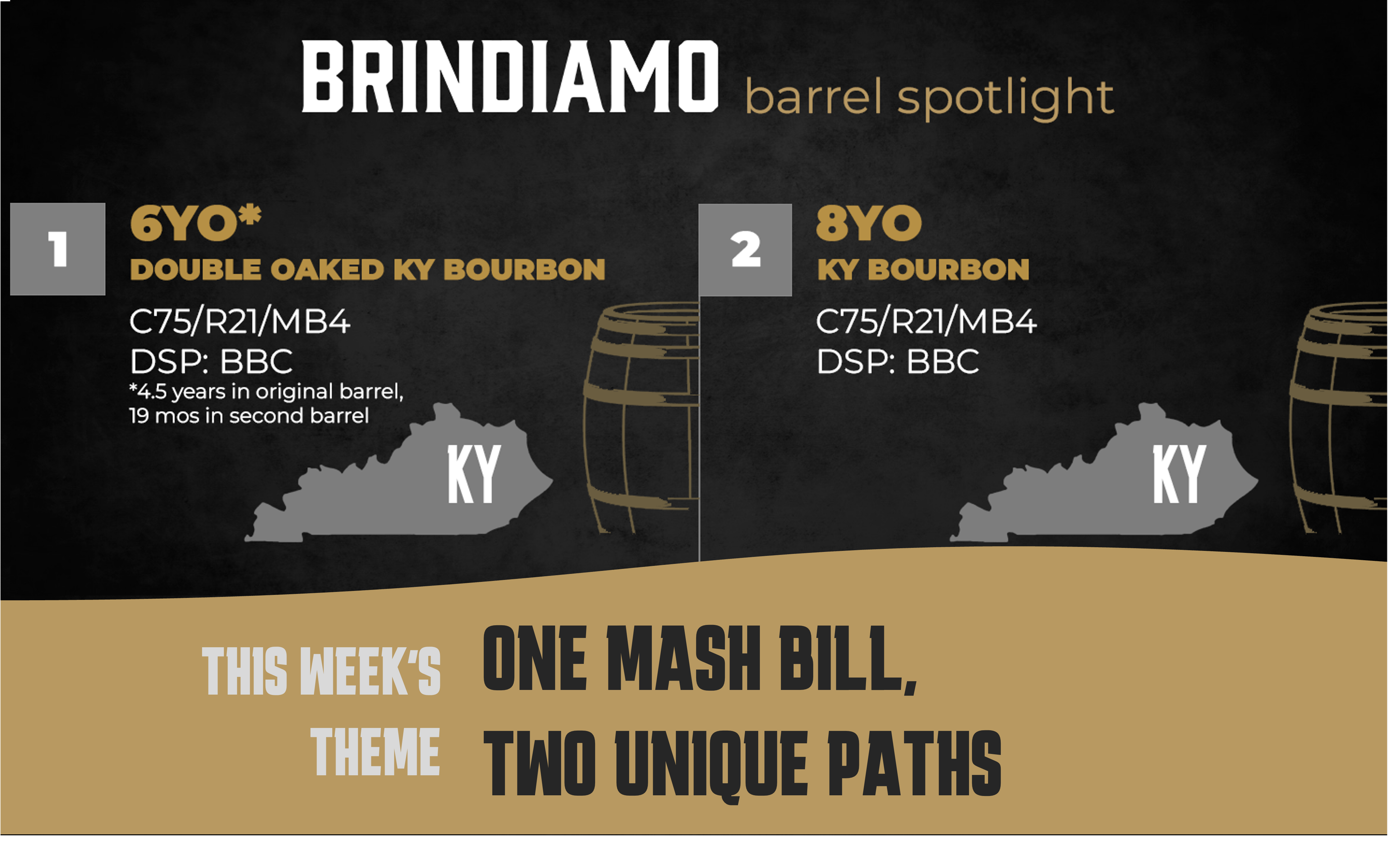
Welcome back to the Brindiamo Barrel Spotlight, our weekly email series highlighting the barrels, distilleries, and market dynamics shaping today’s...
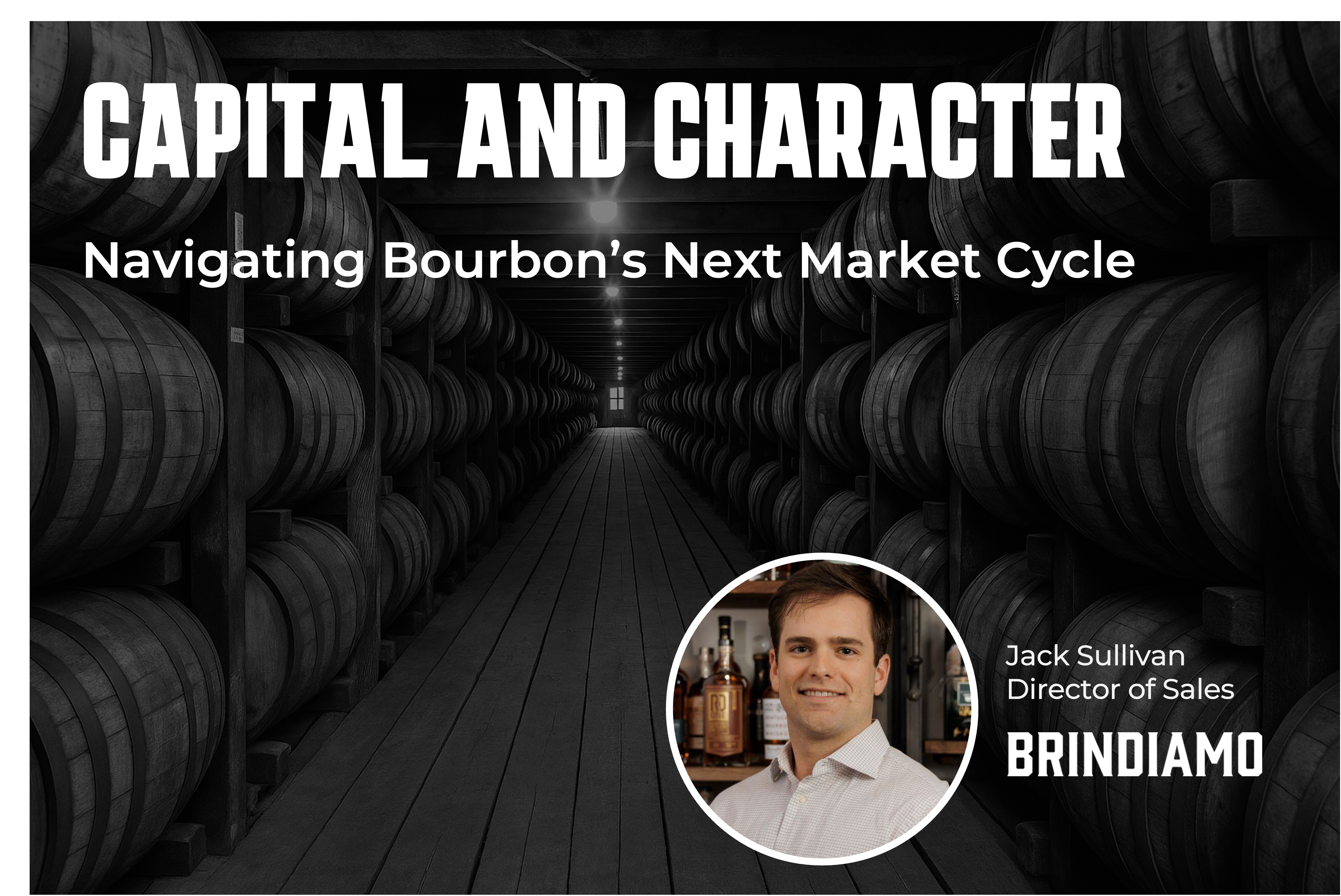
The market for bourbon barrels is bifurcated. Over the course of the last 24 months, the conversation has shifted from how to find whiskey to how to...

Welcome to the Brindiamo Barrel Spotlight, our weekly series celebrating the barrels, distilleries, and market dynamics shaping today’s whiskey...
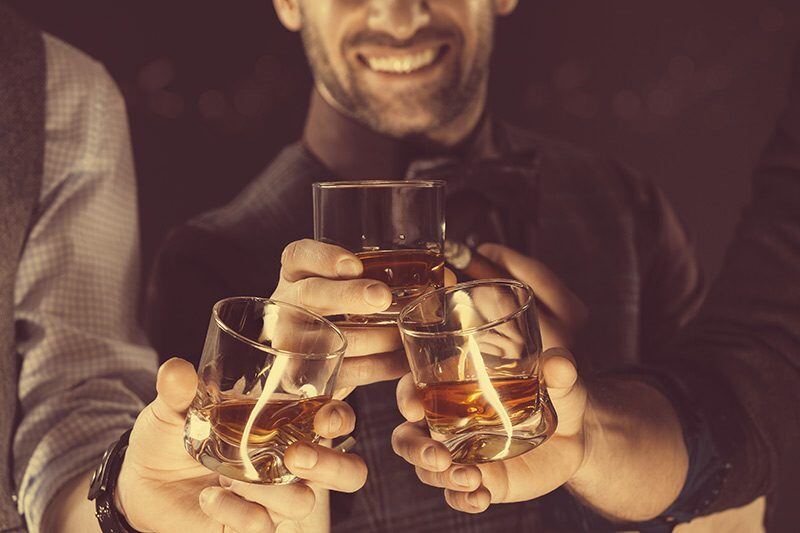
Aveniu Brands becomes the exclusive agent for Prichards DistilleryOn March 12, 2014, in the heart of Nashville, Tennessee, Gruppo Codorniu, alongside...
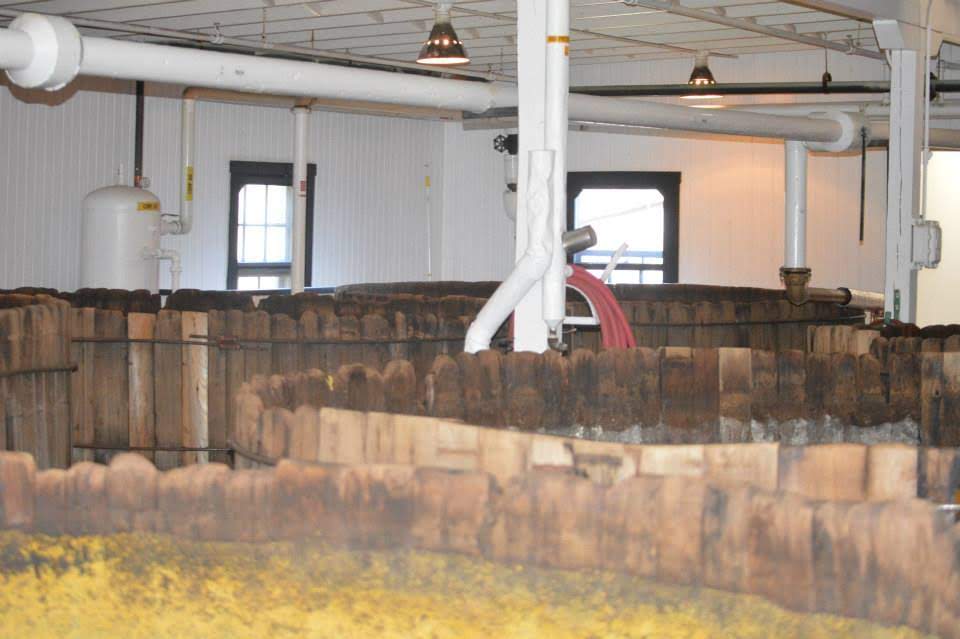
When bourbon drinkers savor that first smooth sip, few realize how much of the flavor they're enjoying was crafted long before aging began. Deep in...

S.P.I. Group has acquired the rights to "The Wise Man's Bourbon,"™, adding a new whiskey brand to its growing wine & spirits portfolio. Additionally,...
Join the conversation
Leave a comment below.